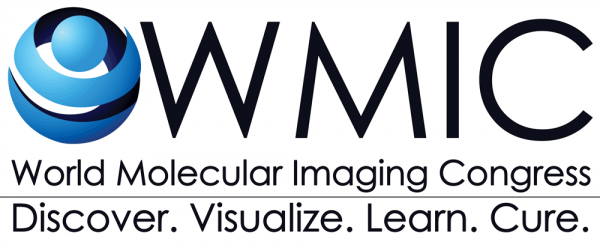Fluorescence-guided Surgical Navigation in Patients with Head and Neck Cancer
Presented by Jason Warram, Ph.D., University of Alabama at Birmingham
The primary treatment for many solid cancers remains surgical resection, however surgical oncologists remain dependent on subtle tissue changes to identify cancer in real-time. Fluorescence-guided surgery is emerging as a viable intraoperative technique to guide surgeons in the complete resection of cancer. Based on extensive preclinical data establishing the feasibility of antibody-based imaging, we hypothesize that fluorescently labeled anti-epidermal growth factor receptor (EGFR) antibody (cetuximab) would be safe and enable intraoperative detection of squamous cell cancer in humans. We selected IRDye800 as the fluorescence reporter due to previous rodent studies demonstrated a lack of toxicity. Additionally, the dye is manufactured under conditions suitable for human use and preclinical studies in non-human primates comparing cetuximab-IRDye800 to cetuximab alone showed no clinically significant toxicities [Mol Imaging Biol. 2015 17:49-57]. A first-in-human dose escalation study of systemically administered cetuximab-IRDye800 (dose of 2.5mg/m2, 25mg/m2, 62.5mg/m2) was performed in patients (n=12) undergoing surgical resection of squamous cell carcinoma arising in the head and neck. Fluorescence imaging was performed daily post cetuximab-IRDye800 infusion and in the operating room using a commercially available open-field near-infrared (NIR) imaging system. Resected specimens were imaged in pathology using a closed-field NIR imaging system prior to histological processing. Tissue fluorescence was correlated with histology. In patients receiving 25mg/m2 and 62.5mg/m2 cetuximab-IRDye800 doses, quantitative analysis of wide-field imaging revealed significantly (P<0.05) greater fluorescence detected in the tumor compared to surrounding normal tissue at each imaging time point. Intraoperative imaging (figure 1) could successfully differentiate tumor from normal tissue with an average tumor-to-background ratio of 4.8 for the 25mg/m2 dose and 5.2 for the 62.5mg/m2 dose. The fold-increase in tumor fluorescence over patient-matched muscle fluorescence for histologically confirmed tumor tissue (5.2, 11.2, 18.5) was significantly (P<0.02) greater than adjacent normal tissue (1.2, 2.2, 9.5) for the 2.5mg/m2, 25mg/m2, 62.5mg/m2 doses, respectively. Additional analysis demonstrated that as little as 2.8mg of tumor tissue was found to contain 11–fold greater fluorescence than weight-matched muscle. Immunohistochemistry revealed a strong correlation (P<0.001) of tissue fluorescence with EGFR expression and tumor density (P<0.05) in all doses. There were no grade-2 or higher adverse events attributable to cetuximab-IRDye800 and four possibly related grade-1 adverse reactions occurred in the first cohort, seven in the second cohort, and two in the third cohort. Most common adverse events included tumor-site symptoms (n=4) and cardiovascular-related findings (n=4). Cetuximab-IRDye800 was well tolerated as a diagnostic agent and could detect microscopic fragments of tumor at a fraction of the therapeutic dose. Repurposing therapeutic antibodies for intraoperative navigation may be used to improve outcomes in surgical oncology. View presentation
